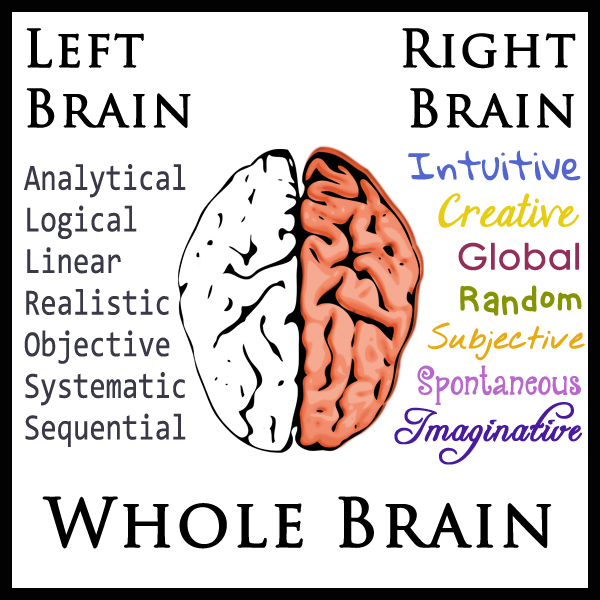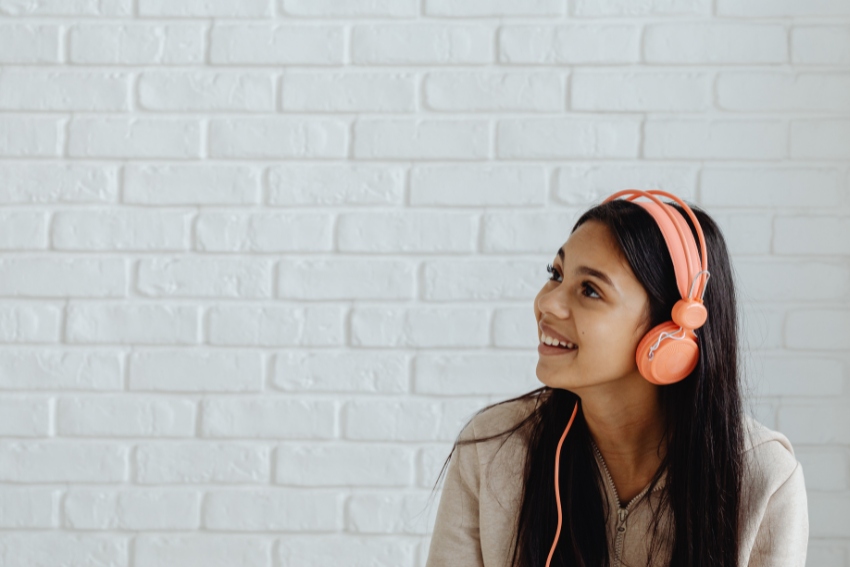10 Common Learning Myths – Debunked
In the ever-evolving world of education, myths about learning continue to shape how students and teachers view the process of gaining knowledge. These misconceptions can hold learners back, create unnecessary pressure and spread misunderstanding about how the brain truly works.
In this guide, we’ll debunk the most common myths about learning and replace them with research-backed truths. Our goal is to help students, parents and educators take a more balanced, evidence-based approach to studying and teaching. This includes recognising the value of personalised learning methods, such as homeschooling, that focus on flexibility, progress and each child’s unique pace.

Myth 1: Learning Styles
One of the most prevalent learning Myths is the belief in distinct learning styles, such as visual, auditory, or kinesthetic, with the assumption that teaching should cater exclusively to these styles.
Debunked
Evidence reveals that while people may have preferences, the rigid categorisation of learning styles often limits effective education. For example, a student may believe they are a visual learner and only study with diagrams and charts. However, research shows that incorporating multiple methods, including verbal explanations and hands-on activities, can enhance learning for all students.
Myth 2: Left Brain vs. Right Brain Learning

Another myth about learning suggests people are either left-brained (logical) or right-brained (creative).
Debunked
Neuroscience indicates that the notion of strict brain dominance in learning is a simplification. For instance, a student might assume that being left-brained means they should excel in logical subjects, while right-brained individuals are more creative. In reality, both hemispheres work together in tasks, such as problem-solving, which require a combination of logical and creative thinking.
Myth 3: The 10% Brain Myth
The widely-held belief that humans use only 10% of their brains has been a source of numerous learning Myths and misconceptions.
Debunked
Scientific research consistently demonstrates that the brain is actively engaged in most activities, dispelling the 10% brain Myth and underscoring the dynamic nature of our cognitive processes. For example, a student may think that they have vast untapped potential because they’ve heard that people only use 10% of their brains. This can lead to unrealistic expectations and unnecessary pressure.
Myth 4: Multitasking is Efficient
The notion that multitasking enhances education and productivity is a pervasive among education myths.
Debunked
Extensive research suggests that multitasking often leads to reduced quality of work and increased stress levels, emphasising the importance of focused, single-tasking in learning. For instance, a student may believe they can study while watching TV or listening to music, but studies show that this leads to decreased comprehension and retention. It’s important to remember that there are various methods of learning, and what works best can vary from person to person. While multitasking might not be the most efficient approach for many, some individuals may find it suits their learning style. However, it’s essential to be aware of the potential drawbacks and ensure that the quality of learning isn’t compromised. The key is to experiment with different strategies and discover what works most effectively for you.
Myth 5: Cramming Works
The practise of last-minute cramming for exams as an effective education method is deeply ingrained in learning myths.
Debunked
Scientific evidence unequivocally indicates that cramming is an inefficient study strategy. Spaced learning, breaking study sessions into manageable intervals, emerges as a superior approach for memory retention and comprehensive understanding, benefiting students and educators alike. For example, a student might believe that cramming the night before an exam will lead to better results, but research shows that spaced, consistent study sessions are more effective for long-term learning. Additionally, the Pomodoro Technique, which involves timed study intervals followed by short breaks, is an effective way to implement spaced learning. This method can enhance your study sessions, making them more focused and productive. While the Pomodoro Technique is one of many strategies, it highlights the importance of finding the right approach for your learning style. You can explore various techniques to discover what works best for you in your academic journey.
Myth 6: Learning is Fast and Effortless
The belief that learning should be swift and effortless contributes to education Myths about the time and effort required for true comprehension.
Debunked
The learning process often necessitates time, effort, practice, and resilience. Dispelling the myth that learning should be easy emphasises the journey of mastery, relevant for both students and educators. For instance, a student might expect to grasp complex concepts immediately and become frustrated when they don’t. Understanding that learning often involves gradual progress can ease this frustration. For students who need additional support due to processing differences, learning about how to qualify for extra time in exams UK can help create a more equitable learning environment.
Myth 7: Learning is for the Young
The misconception that the primary phase of learning occurs during youth is prevalent among education Myths.
Debunked
The concept of lifelong learning underscores that acquiring knowledge knows no age limits. Individuals of all ages, including educators, can engage in education and personal growth. For example, a student might believe that their prime learning years are in high school and college, but this myth overlooks the potential for continued growth and development throughout life.
Myth 8: Learning is a Solo Activity
The idea that learning is primarily an individual endeavour is among the learning misconceptions that overlook the collaborative nature of education.
Debunked
Collaboration and teamwork are integral to effective learning. Working together and sharing ideas contribute significantly to the education process for both students and educators. For example, a student might resist group projects, believing that they learn best in isolation. However, collaborating with peers exposes them to different perspectives and enhances their critical thinking skills.
Myth 9: The Mozart Effect

The belief in the Mozart Effect, wherein listening to classical music, particularly Mozart, enhances intelligence, is a common learning myth.
Debunked
While music can be enjoyable, there’s insufficient evidence to support its role in significantly boosting cognitive abilities, challenging several education myths for both students and educators. For instance, a student might play classical music in the background while studying, expecting it to make them smarter. Understanding that the impact of music on learning is limited can help them explore more effective study techniques.
Myth 10: Learning is Limited to the Classroom
The misconception that learning is confined to formal classroom settings represents one of the pervasive education myths.
Debunked
Learning transcends physical spaces and can occur anywhere, at any time, for both students and educators. This notion challenges the education myths that bind learning to specific environments. For example, a student might believe that the only meaningful learning happens within the four walls of a classroom. However, this myth overlooks the wealth of knowledge that can be gained through real-world experiences, online courses, self-study, and exploration beyond traditional educational settings. Understanding that learning is a lifelong journey, unrestricted by physical constraints, opens up a world of opportunities for personal and academic growth.
Conclusion
By uncovering and challenging these myths about learning, we can create a healthier, more realistic approach to education. Progress isn’t about fitting into one style or rushing to results, it’s about consistency, curiosity and openness. Whether you’re revising for exams or exploring homeschooling, remember that learning never stops. And if your child needs support, online tutoring can provide tailored help and encouragement that fits their pace and goals. Keep experimenting, keep learning and let go of the myths that hold you back.








